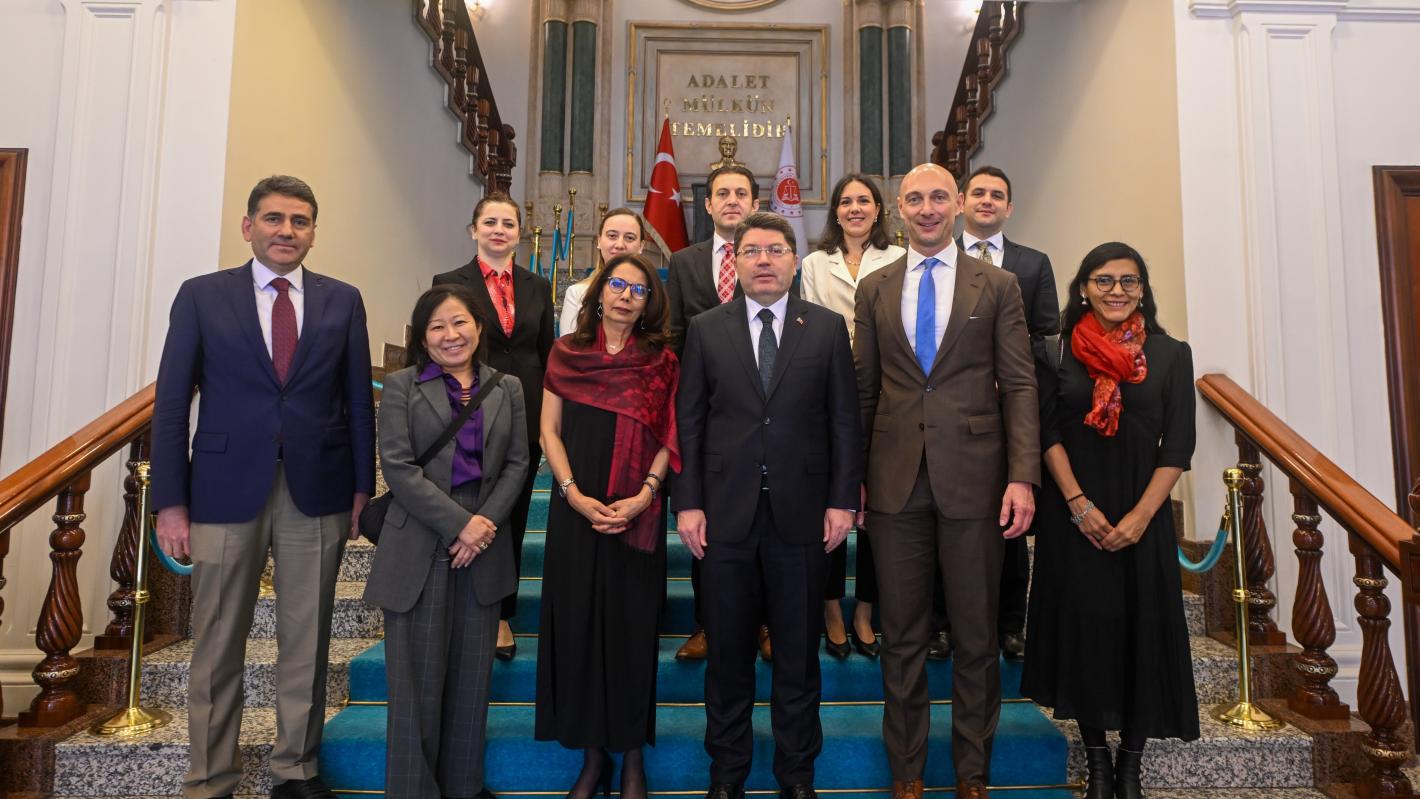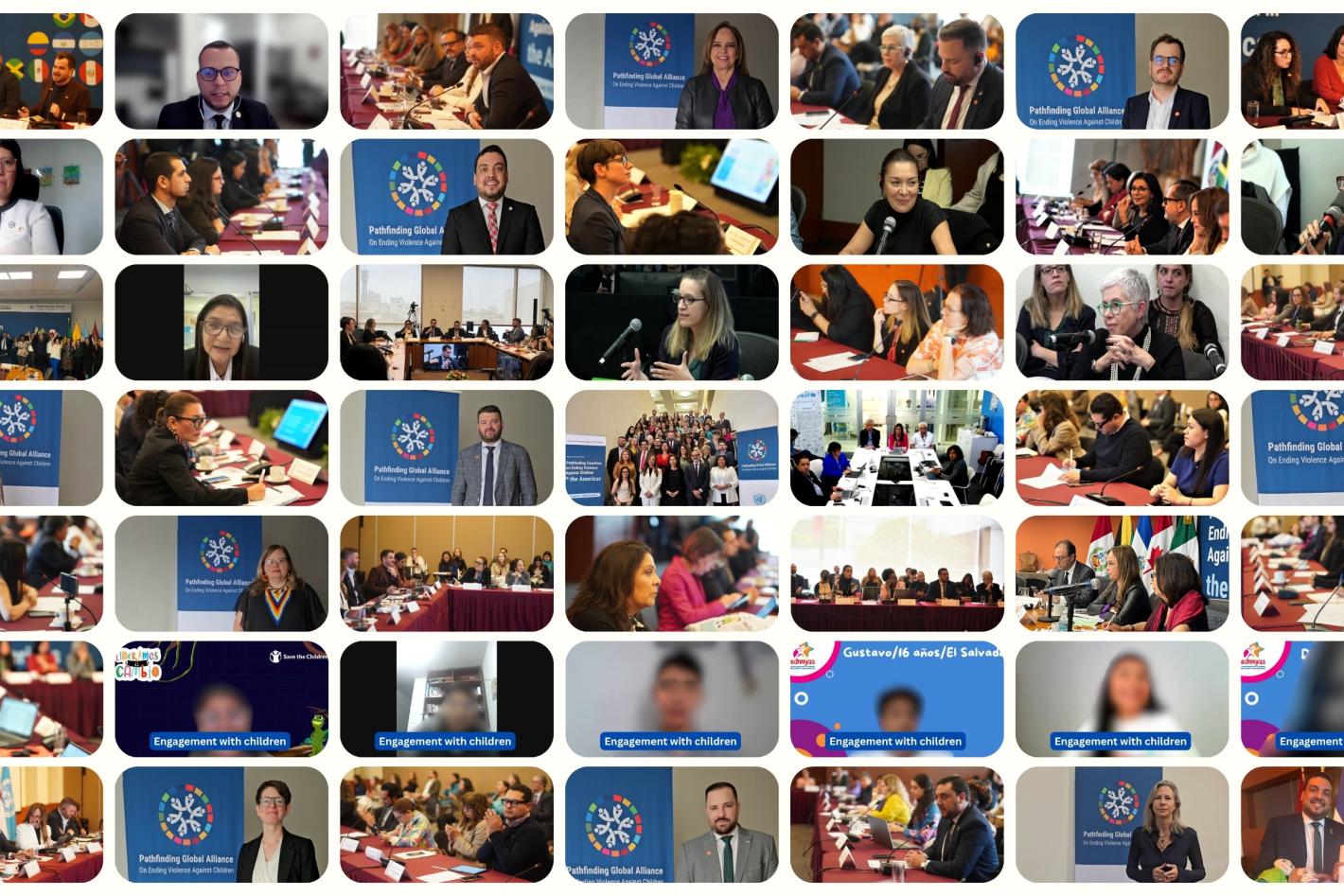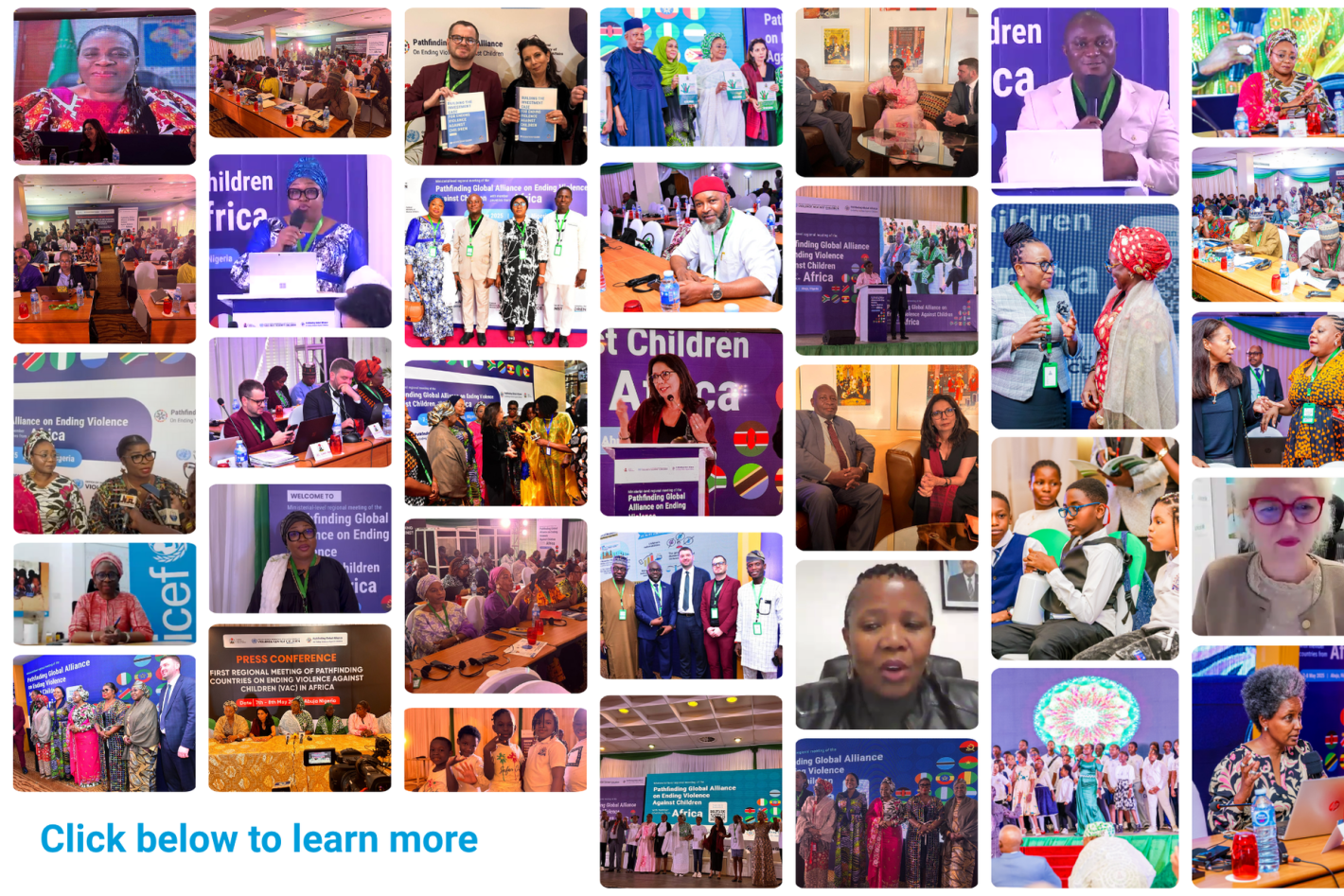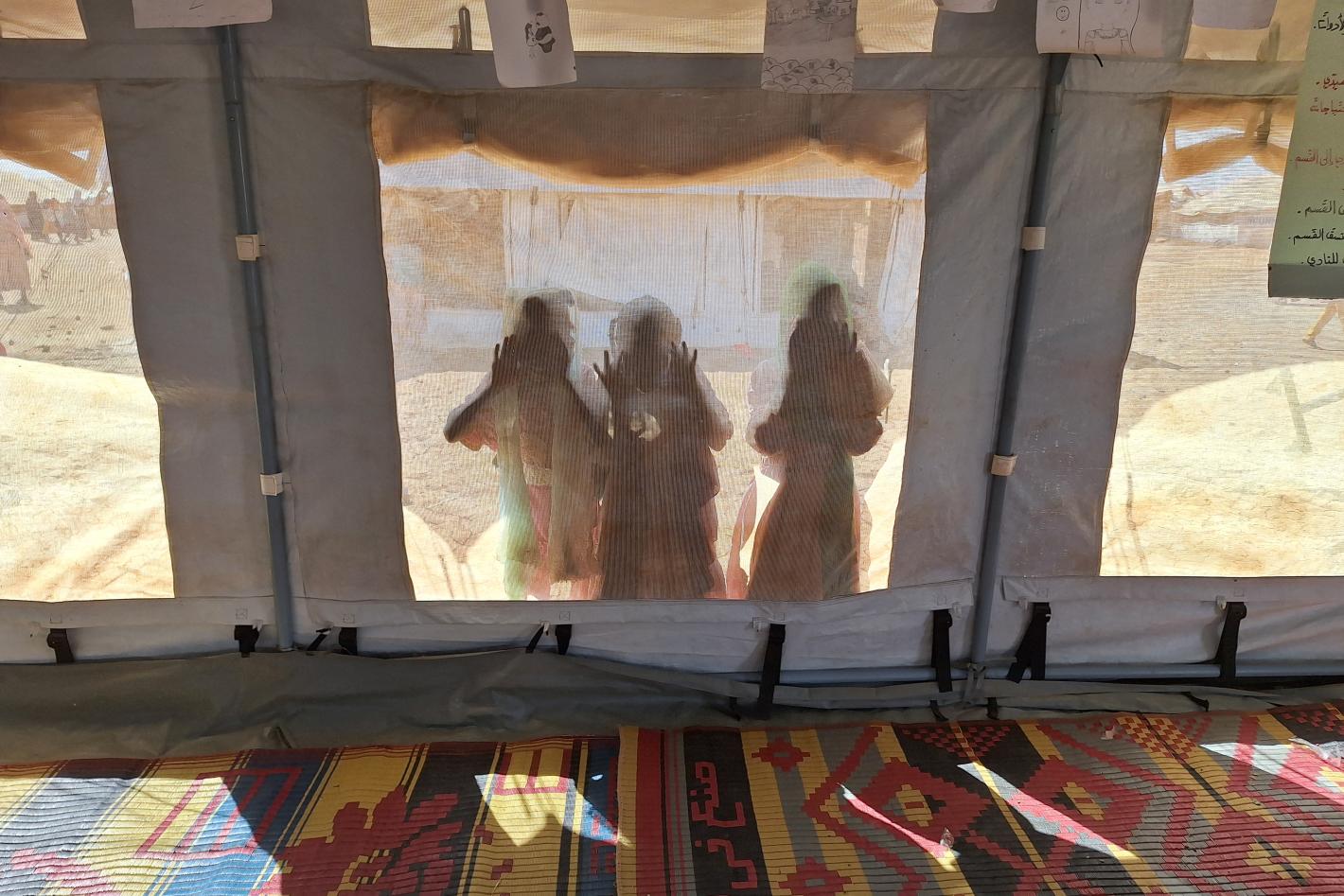I am truly delighted to join you at this Regional Conference on reimagining justice and placing diversion and restorative approaches at the heart of child-friendly justice, organized by the Minister of Justice of the Republic of Türkiye, UNICEF and the EU.
This is a timely conference. Worldwide, we are seeing an increase of children in contact with the law because of challenging behaviors and risky survival activities, due to various and interlinked factors, including increasing vulnerabilities and technology-facilitated organized crimes.
The majority of these cases can be resolved and addressed without the need for punitive interventions. In many cases, contact with the justice system and any consequent criminalization and penalization of children simply creates problems; it does not bring solutions.
Moreover, across the world, there are children who are in contact with the justice system for offenses that should not be regarded as crimes. Many children are still held in detention, without guarantees of due process.
When children become involved with the criminal justice system, this can lead to a number of negative consequences, including physical and psychological harm, and increased criminality.
These negative consequences contribute to poor physical and mental health, lack of access to education, a higher rate of recidivism, family breakdown and unemployment. These result in higher costs for society and the State in the long term.
Diversion and restorative justice are an integral part of child-friendly justice systems
Diversion and restorative justice measures should be the first resort, in compliance with the Convention on the Rights of the Child and General Comment 24 of the Committee on the Rights of the Child.
Diversion and restorative justice programs provide significant benefits for children involved and for the societies they live in.
They prevent children from suffering negative developmental impacts associated with formal judicial proceedings, including stigmatization of the child (and their family) and a criminal record.
They prevent the long-lasting negative impact of detention on children’s physical, mental, and emotional health and development, including the increased chance of reoffending.
Diversion combined with restorative justice contributes to conflict resolution and peace-building efforts and places the needs of victims more centrally in the process. These combined approaches encourage children to take responsibility for the harm caused in ways that rehabilitate them and reintegrate them into society.
And they contribute to improving national security by promoting inclusion rather than exclusion of children.
Indeed, in countries where diversion and restorative practices are in place, very positive results are found.
Children who participate in restorative programs show fewer tendencies towards anti-social behavior in the community and at home. They are more likely to stay away from gang life, and, consequently, they are less likely to become victims of armed or gang-related violence. They also demonstrate significantly lower rates of recidivism compared to other groups.
There is a very high level of compliance with the agreement reached between the offender, the victim and the community at large – in some cases, reaching 90%.
Furthermore, diversion and restorative justice approaches make economic sense, reducing the cost of judicial proceedings and the cost of keeping children in detention facilities.
Diversion and restorative justice approaches also reduce the costs for society. Available data estimates that the indirect costs of losing a single child to a life-long cycle of crime and deprivation of liberty are between US$ 1.7 and 2.3 million.
Dear participants,
Strong legislation by itself is not enough.
Ensuring diversion and restorative approaches implies that there is already an interface with the justice system and a referral. This interface is crucial. We have to get it right. Diversion and restorative justice measures require cross- sectoral collaboration with social and child protection services, education and health and. must be implemented by well-trained staff.
There is a wealth of experiences across regions, including in this region, on how to achieve this.
In my recent visits to countries in Europe and Central Asia, I have had the privileged to have first-hand knowledge of these experiences.
And this regional conference will help consolidate efforts made, scaling up existing practices by establishing a community of practices to support peer learning and exchanges.
This regional conference will also help us to build on the momentum created by the Global Ministerial Conference on Ending Violence Against Children, held in Bogota last November.
Indeed, high-level representatives from 120 States gathered in Bogota and recommitted to accelerate progress to better protect children, including in the justice system.
Many countries, worldwide and in this region made pledges and endorsed the Bogota Call to Action, which includes specific components on diversion and restorative justice.
Today’s meeting that brings together key stakeholders from this region is a key opportunity to define concrete actions to ensure diversion and restorative approaches are an integral part of child friendly justice.
The outcomes of this conference will also inform the upcoming 5th World Congress on Justice with Children to be held on 2-4 June in Madrid. I wish to encourage all of you to take an active and engagement in Madrid!
I look forward to working closely with you.
Thank you!





